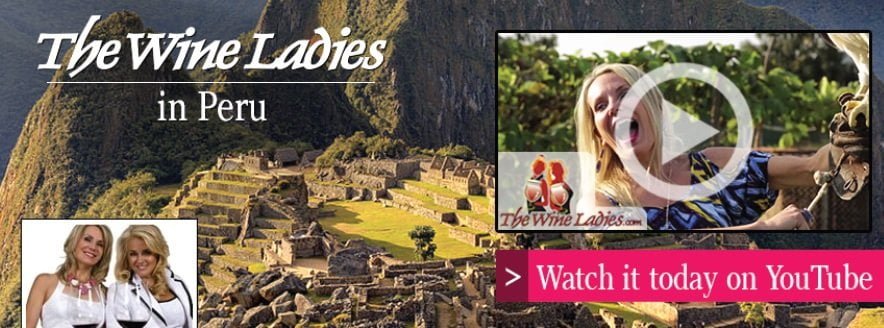Ask The Wine Ladies…What’s the best way to deal with a crumbly cork?

Crumbly Cork
Dear Wine Ladies,
This may sound like a silly question. I’m truly at odds on the best way to deal with a crumbly cork! Last night, once again, while trying to open a bottle of wine the cork was dry and crumbly. The harder I tried, and the further I drove the cork screw, the more the cork crumbled and then finally ended up in fragments in the bottle. Is there a way to properly extract a crumbly cork?
Chris, Houston, Texas.

Ask The Wine Ladies- Please submit your questions to info@thewineladies.com
Dear Chris
This exact same scenario just happened to us this week with one of our favorite wines! The trick here is to exercise patience, as the harder you push the corkscrew into the cork, the worse the situation. Here are a couple of suggestions.
Often times a firm but lighter hand is all that is needed. Carefully extract the corkscrew and proceed once again, with caution and with a light yet firm hand. The goal is to get the corkscrew back into the cork without pushing it entirely into the bottle. Try to re-insert the opener into the portion of the cork that is not compromised, usually off-centre; be firm but cautious, pulling up gently and re-adjusting as necessary. Sometimes this is all that is needed.
Option number two: a sommelier friend of ours advises using two corkscrews instead of one. Approach the cork from opposite directions, working the corkscrews in, and having them meet at the bottom. Pull gently, and voila! Finally, a nifty tool called the “Ah So” could also come in handy; as a two-pronged cork remover, the two flat blades slide down either side of the cork allowing it to stay intact as much as possible while being retrieved. Hopefully one of the above suggestions will help, but if not, no worries, simply filter the wine with a paper coffee filter into a decanter or glass pitcher and enjoy.
The Wine Ladies, Georgia and Susanne
BRAND NEW SHOWS every Monday at 10:00 am and Wednesday at 2:00 pm or listen anytime and all the time ON DEMAND
TUNE INTO THE WINE LADIES RADIO SHOW NOW
Episode #8. Chef Wars! Chopped Canada’s Celebrity Chef and Judge Roger Mooking




















